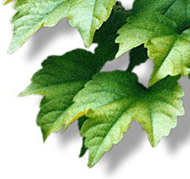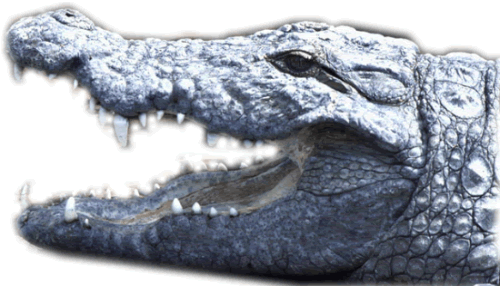



Description
Colour generally light tan in juveniles, with black cross-banding on body and tail. Adults are generally grey to brown, with little banding remaining. This is a medium to large species (4 to 5 m). The snout is the broadest of any member of the Crocodylus genus, giving the mugger a more alligatorine appearance. Enlarged scutes present around the throat area may serve a similar protective function when moving through shallow swampy areas as they do in Alligator mississippiensis. It is generally thought of as having a similar ecology to A. mississippiensis which may account for morphological similarities.
Distribution:
The mugger is found primarily on the Indian subcontinent and extends into Pakistan and Sri Lanka.
Habitat
This species is not only found in freshwater lakes, ponds, and marshes, but it has adapted well to reserviors, irrigation canals, human-made ponds, and even recently in coastal saltwater lagoons. The mugger likes relatively shallow water, no deeper than 5m, and avoids fast-flowing rivers. The mugger is also known to bury itself into mud to escape the searing heat of India during the dry season.
Reproduction
This species of crocodile is a hole-nesting species. Once the female finds a suitable site to dig her nesting hole, it is usually utilized for most or all of her breeding years. Approximately one month after mating occurs, the eggs are deposited by the female into the nesting hole she has formed. This takes place in February-April and consists of an average 28 (10-48 range) eggs per clutch. The mugger has been known to lay two clutches in one year while being kept in captivity, but little is known about the individuals in the wild. The incubation period is relatively short, 55-75 days. When the eggs finally hatch, they are transported by the mother and sometimes even the father to nearby water. Young crocodiles remain in loosely organized groups with the adults for up to one year before dispersing. At age six, both male and female have reached their sexual maturity.
Behavior
All crocodiles, including the mugger, are highly social. This social behavior includes communication, gregarious behavior, dominance interactions, and territorial activities. There is a great deal of vocalization between adults and adults and their young. The majority of socializing occurs during the seasonal reproductive activities. Body postures such as tail thrashing and snout lifting occur while the males are trying to establish territories and gain dominance prior to courtship and mating.
Food Habits
The mugger is mostly carnivorous with a diet consisting mainly of fish, frogs, crustaceans, birds, mammals, and occasionally various monkeys and squirrels.


